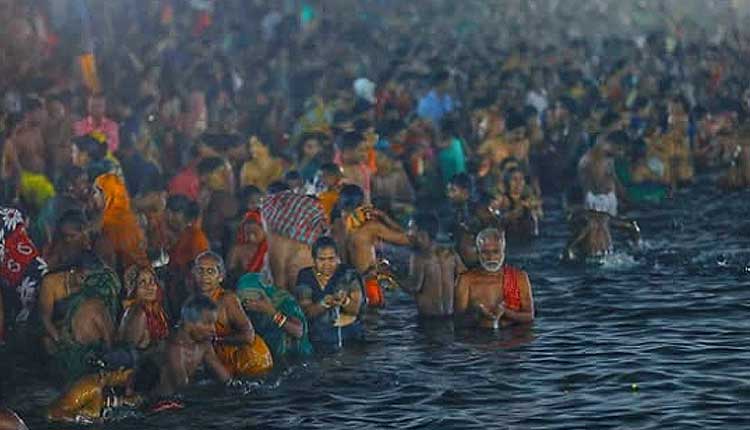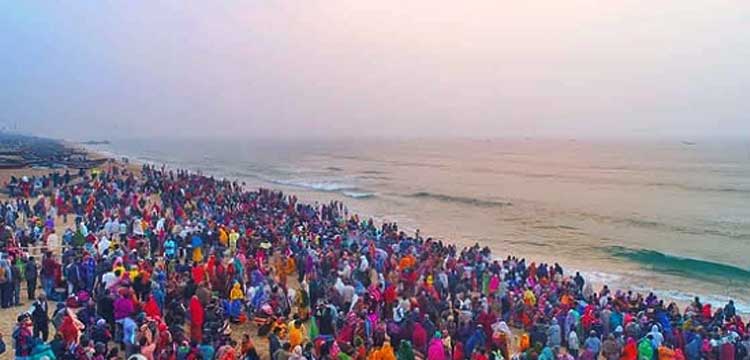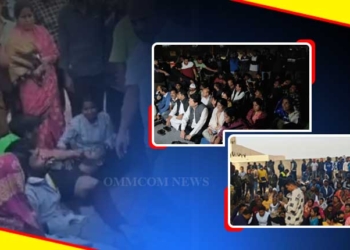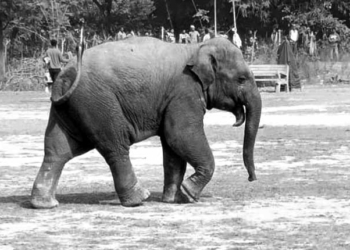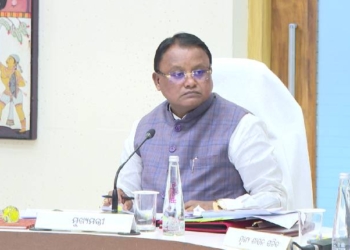In the Hindu calendar, the month of Magha holds great significance and within it, the seventh day of the Shukla Paksha is revered as Ratha Saptami, also known as Magha Saptami. This auspicious festival is dedicated to the worship of Lord Surya, the Sun God, who is believed to embark on a majestic journey towards the northern hemisphere on this day.
According to Hindu mythology, Lord Surya begins his celestial journey on Ratha Saptami, riding in a magnificent chariot (ratha) drawn by seven horses. This spectacular event is believed to mark the birthday of Lord Surya and is also celebrated as Surya Jayanti. As the Sun God traverses the skies, his radiant energy purifies the minds and souls of devotees, bringing them good fortune and prosperity.
On Ratha Saptami, devotees express their deep gratitude to the Sun, acknowledging its life-giving warmth and radiance, which illuminate the world and make life on earth possible. This day serves as a poignant reminder of the Sun’s profound impact on our existence.
Rituals and Traditions
On Ratha Saptami, devotees wake up before dawn to take a holy bath, often in a sacred river or tank. They then worship Lord Surya with offerings of flowers, fruits, and prayers. In some regions, devotees also perform the ritual of ‘Surya Namaskar’ (sun salutations) to pay homage to the Sun God.
Konark revered as the premier pilgrimage site for worshipping Lord Surya, the Sun God, witnesses a sacred ritual on Ratha Saptami. Devotees converge on the nearby Chandrabhaga beach to take a holy dip, seeking the blessings of the Sun God.
The name Konark is a harmonious blend of two Sanskrit words: Kona and Arka. While Kona translates to corner, Arka signifies the mighty Sun. A mere two kilometres from the Sun Temple flows the ancient river Chandrabhaga, its tranquil waters carrying the whispers of a bygone era. This sacred river, now a shadow of its former self, once played a vital role in the spiritual and cultural fabric of Konark.
Legends
Steeped in mythology and spiritual significance, the Chandrabhaga Tirtha in Konark holds a revered place in the hearts of devotees. According to legend, this sacred site was where Samba, the son of Lord Krishna, worshipped the Sun God for twelve years, seeking redemption from the curse of leprosy. After a ritual bath in the Chandrabhaga waters, Samba was miraculously cured of his affliction.
To this day, devotees flock to Chandrabhaga on the auspicious occasion of Ratha Saptami to take a sacred dip in its waters. It is believed that this ritual bath has the power to cure all illnesses, granting the devotee spiritual benefits comparable to those attained by bathing in the holy Ganges.
Following the sacred dip, devotees proceed to the magnificent Sun Temple, where they offer prayers and worship to the radiant Sun God. This devotional journey is a testament to the enduring spiritual legacy of Konark, where the sacred waters of Chandrabhaga and the majestic Sun Temple converge to create a profound experience of healing, redemption, and spiritual bliss.
According to one legend, sage Kashyapa and his wife Aditi were blessed with the incarnation of Lord Surya, one of the Adityas, as their child. This divine birth underscores the sacred significance of Lord Surya and the reverence with which he is worshipped on Ratha Saptami.
Another legend tells the story of King Yashovarma, who prayed fervently to Lord Surya for a son to inherit his kingdom. Although his prayers were answered, his son was born with a terminal illness. On the advice of a saint, the king performed the Ratha Saptami pooja, seeking forgiveness for his past sins. Through the divine intervention of Lord Surya, the king’s son recovered, and went on to rule the kingdom wisely.





